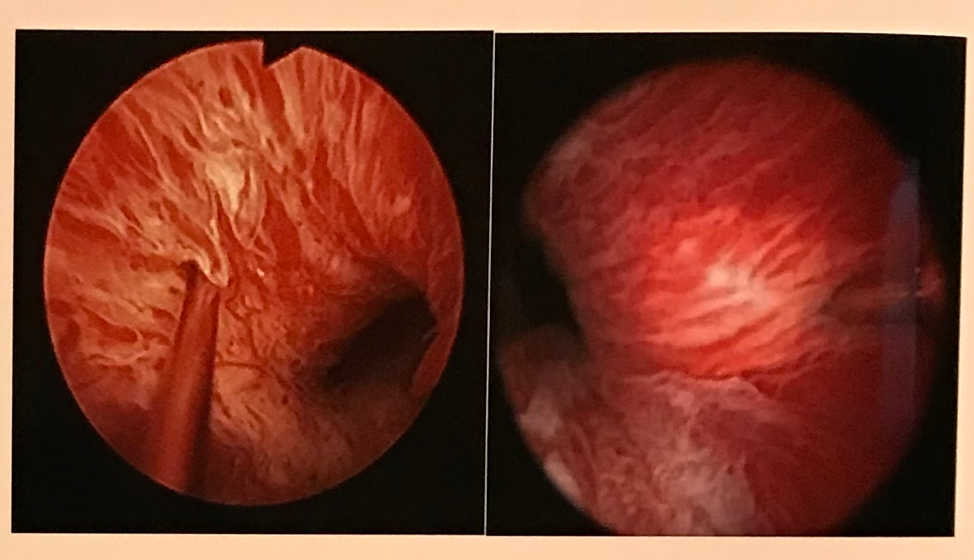Mariele Trimboli, MD, along with her group at the University College London Hospital, examined the potential role of onabotulinumtoxinA injections into the external urethral sphincter (EUS) for the treatment of female voiding dysfunction during.
At their tertiary care center, injection of 100 units of onabotulinumtoxinA into the EUS was performed in selected females from 2015 to 2017, all under general anesthesia. All patients were evaluated with pre-operative videourodynamic studies and urethral pressure profilometries (UPP). Following treatment, all had three months of follow up.
During this time frame, 10 female patients with a mean age 45.5 years (18-80 years) underwent onabotulinumtoxinA injections into the EUS. Four had urodynamic evidence of bladder outflow obstruction, of which two had detrusor sphincter dyssynergia. Six patients were noted to have an acontractile detrusor as a contributing cause for their retention. The mean pre-operative mid-urethral closure pressure (MUCP) was 93.3 cm H20 (mean expected MUCP was 45 cm H2O), with eight patients having elevated MUCP values preoperatively.
 Figure 1: OnabotulinumtoxinA injection to the external urethral sphincter
Figure 1: OnabotulinumtoxinA injection to the external urethral sphincterPrior to intervention with botox into the UES, 4 women were voiding, 4 were performing clean intermittent self-catherization, and 2 had indwelling suprapubic catheters to empty their bladders. 6 had failed previous treatments with sacral nerve stimulation.
Following onabotulinumtoxinA injections, 6 were voiding, 2 continued performing CISC, and 2 remained with suprapubic catheters. Median pre-operative QMax values improved from 8.5 ml/s to 12.5 ml/s, and mean post void residual volume decreased from 244 ml to 94 ml. 4 patients reported quality of life improvement after treatment, although 1 reported short lived benefit lasting less than 3 months. 2 patients went onto repeat treatments, of which one patient complained of transient stress urinary incontinence after repeat injection. There were no significant adverse events in all patients.
The authors concluded that onabotulinumtoxinA treatment to the EUS is a safe and potentially valid treatment in selected females with voiding dysfunction, in whom therapeutic options are limited. Efficacy may be short lived, however, and further study with longer follow-up is warranted.
Presented by: Mariele Trimboli, MD, University College London Hospitals
Co-Authors: Seth Jai, Sarah Itam, Eabhann O'Connor, Rizwan Hamid, Jeremy Ockrim, Tamsin Greenwell, Mahreen Pakzad, London, United Kingdom
Written by: Judy Choi, MD, Assistant Professor, Department of Urology, University of California, Irvine @judymchoi at the 2018 AUA Annual Meeting - May 18 - 21, 2018 – San Francisco, CA USA


